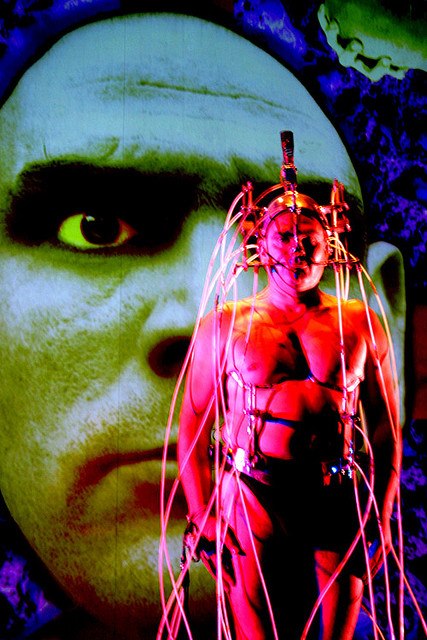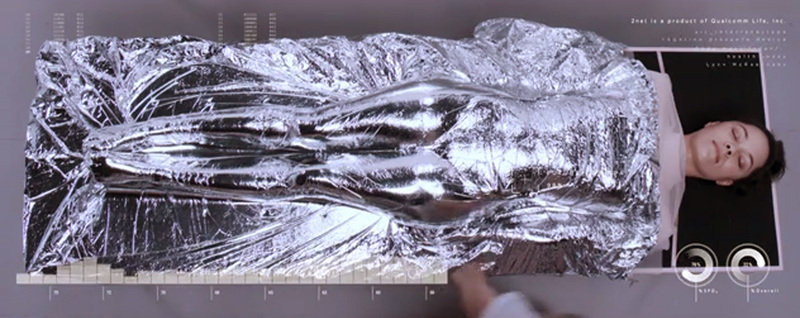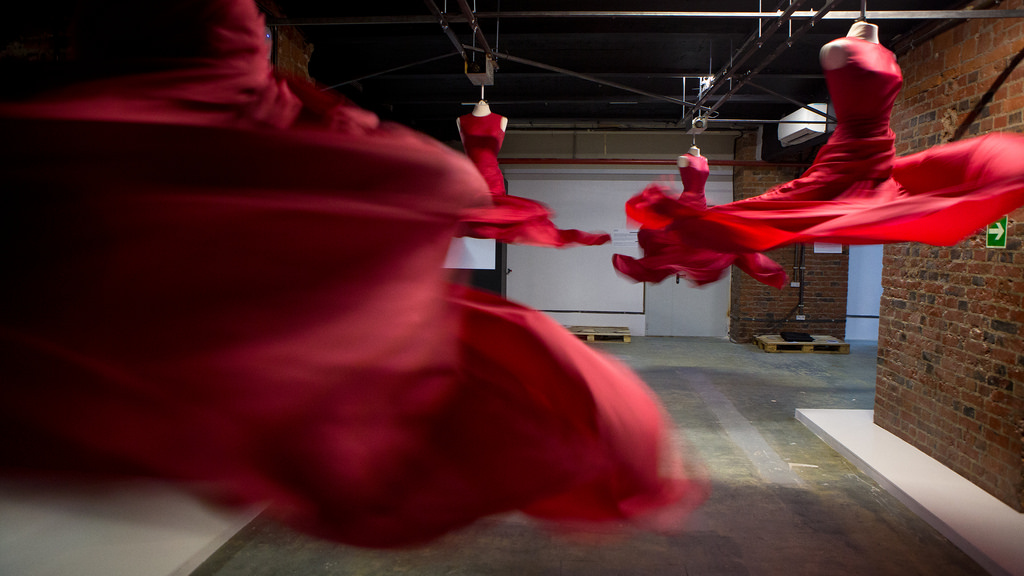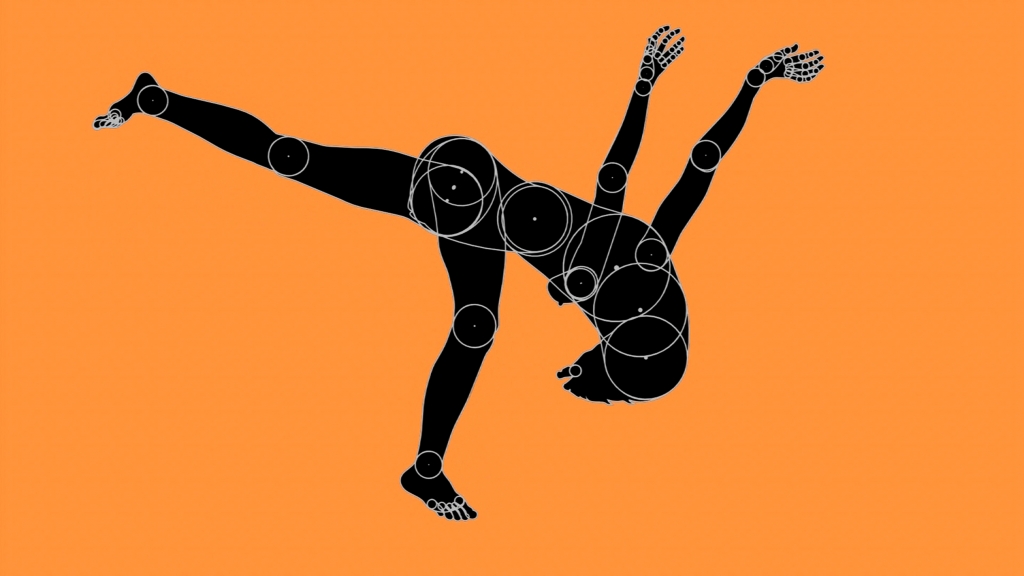
Di Mainstone & Joanna Berzowska
Skorpions
LUTTERGILL
Skorpions are a set of kinetic electronic garments that move and change on the body in slow, organic motions.They breathe and pulse, controlled by their own internal programming. They are not “interactive” artifacts insofar as their programming does not respond to simplistic sensor data. They have intentionality; they are programmed to live, to exist, to subsist. They are living behavioral kinetic sculptures that exploit characteristics such as control, anticipation and unpredictability. They have their own personalities, their own fears and desires.







